Kidney transplants: the trans-Tasman connection
Need a kidney, but even close family aren’t a match? In a new trans-Tasman program you may get your kidney — if a loved one donates theirs to a stranger.
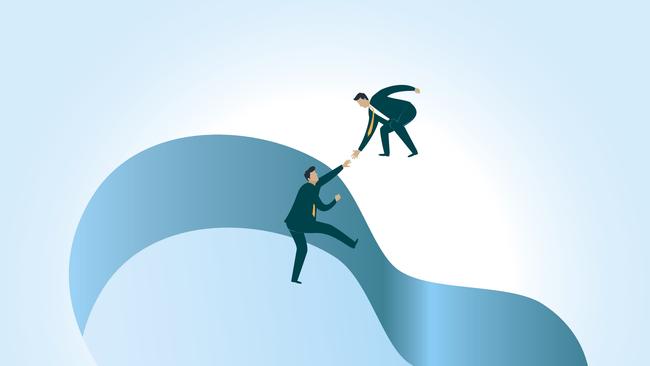
End of the road. From his dairy farm in New Zealand’s North Island town of Te Kuiti, this is as far south as Daniel Lynch can drive before he runs out of land. He sits with his wife Rebecca in their car at Houghton Bay in Wellington, five and half hours from home, and watches the waves from Cook Strait flop onto the caramel sand. Their sons Evan, nine, and James, four, don’t seem to notice the biting wind and play on the rocks on the beach. To their right is Tarakena Bay, where the rugged hills that rear from the sea bear remarkable resemblance to the landscape of Gallipoli. It might be serendipitous, but the Anzac spirit lives deep inside Daniel, 41, in ways he could never have imagined.
In the distance is the South Island, the Kaikoura Ranges weighed down under a cloak of snow. Tomorrow they’ll catch a ferry there and drive wherever they damn well please, because this holiday is a celebration of freedom. It’s Daniel’s first holiday unshackled from the burden of dialysis; his first holiday since an anonymous Aussie donated a kidney so that he could finally be the father to his boys he always wanted to be. This holiday is for Rebecca and them.
Rebecca holds his hand. That incredible, capable woman who fell in love with him 15 years ago when he was healthy, who stuck by him when he got sick, and who rushed him to hospital six years ago on her 35th birthday, when she thought she might lose him. “He was vomiting out the car door,” she says, remembering the day Daniel’s first kidney transplant packed it in. “He should have been on dialysis earlier.”
She turns to Daniel, gently scolding him. “You pushed it too far, eh?”
Daniel nods. “I was quite sick.”
He had suffered from kidney problems since he was a toddler and by his late teens the situation was dire. That was when his dad gave him the greatest 21st birthday gift a dad could give his son: a kidney. But when that organ wore out after 11 years, and with no compatible family members who could help a second time, the only thing that could save Daniel’s life was dialysis. So began six years of life scheduled around a gruelling program of artificial blood cleansing machine hook-ups. Six years on the waiting list for a deceased donor’s kidney, with no guarantee a compatible match would ever come up, or that his name would reach the top of the list. The end of independence, end of family holidays like this. End of the road.
That was until late last year, when Daniel took part in the first trans-Tasman paired kidney exchange. He got a new kidney from a stranger in Australia, someone who was unable to donate to their own loved one. In return, Daniel’s brother-in-law John Moore – who was incompatible with Daniel – sacrificed one of his kidneys to an Australian in need. The donors might have lost a kidney, but there are no losers in this story.
“I do sometimes wonder whose kidney I’ve got,” says Daniel. “I want them to know they’ve changed a life, and a whole family. I want to tell them how awesome they are.”
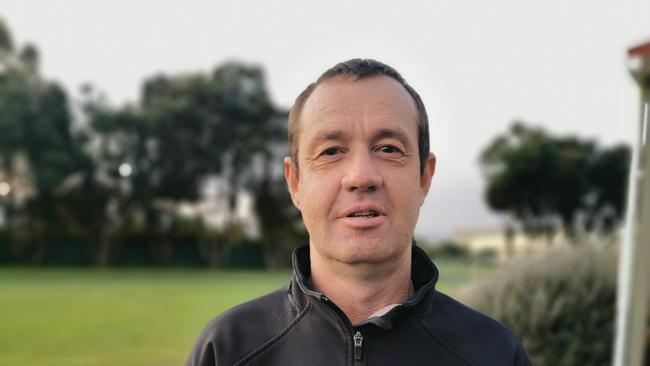
It works like this. You might have a loved one in need of a kidney transplant. You’d happily give one of your own kidneys to them, but your blood group is incompatible, or they may have antibodies against your kidney, meaning their body would reject it. So instead you donate to a stranger who also has a willing but incompatible donor partner, and so it works in return. Sometimes it’s a straight swap between two pairs, but sometimes up to seven pairs can form a complex chain.
Facilitated by the Organ and Tissue Authority, the Australian and New Zealand Paired Kidney Exchange (ANZKX) has now given 42 people new kidneys since that first operation late last year. While paired kidney exchange has happened in Australia since 2010, this is the first true international collaboration. Eleven chains of operations occurred before Covid-19 stalled things in March, but recruitment into the program continues and there are six surgeries planned in Australia for August.
For evolutionary reasons we don’t fully understand, the human body is over-resourced in the kidney department. No one knows why we have two kidneys when one seems more than enough to fulfil the critical job of filtering and cleaning our blood, helping to regulate blood pressure, and producing the hormone that stimulates the making of red blood cells. ANZKX director Dr Peter Hughes from Royal Melbourne Hospital says people with kidney disease usually don’t notice symptoms until they’re down to about 20 per cent function.
For most people, giving up one kidney has no long-term health impacts. And for those with renal failure, getting a transplant is always better than dialysis. “You feel better, you live longer, have fewer health complications and you can actually live your life, plus the costs to the taxpayer are much lower. There are very few treatments that do all these things, for any medical condition,” Hughes says. The problem is convincing our bodies to accept benevolent help. “The immune system is primed to attack the [new] kidney,” says Hughes. “It will destroy it immediately. It’s a big barrier for us with transplants.” It was for this reason that Daniel couldn’t get a transplant from a family member this time round; in layman’s terms his body had grown suspicious of his father’s kidney and was on high alert.
Over to Linda Cantwell. Cantwell is the Australian Red Cross ANZKX tissue typing scientist. She’s gatekeeper to the matrix of matches needed to link up potential pairs. There are currently 150 donors and 128 potential recipients in the pool, but for some people only one donor in 10,000 might be suitable. A computer program called OrganMatch runs the algorithms based on each person’s unique antibody profile and tissue typing, and potential matches from up to 300,000 different chains are produced.
People say Cantwell is so good at her job that she does most of it in her head. “My hard drive does get a bit full,” she admits. Cantwell never meets the patients but she recognises their names and knows whose antibodies are particularly fussy. It might take years to find them the right kidney. “It’s like a TattsLotto win when that happens,’’ she says.
Daniel had been on the exchange within New Zealand for three years without getting a match. But when Australia came on board a compatible kidney came up almost immediately. Bringing New Zealand into the program has also given Australians access to a special breed of selfless Kiwis known as altruistic or “non-directed” donors: people willing to give up a kidney to a stranger, with no benefit to themselves or their family. For reasons not entirely clear, but likely linked to more stringent regulation in Australia, New Zealand has many more altruistic donors.
Dr Ian Dittmer, renal transplant physician and head of the New Zealand Kidney Exchange, says the world is more accepting these days around the ethics of altruistic donation. “There was initially concern that wanting to be an altruistic donor was a psychiatric disease. I think we’ve gotten over that. People were worried about coercion, but isn’t it just as likely – or more likely – that there would be coercion within close family members or friends?”
Altruistic donors give a gift that keeps giving, as their donated kidney allows a longer chain with more transplants, with no need to close the chain. Because they don’t require a kidney in return it leaves a leftover kidney, which can then go to someone on the waiting list for a deceased donor. Letting Kiwis into the scheme has also widened the diversity of kidneys, which is good news for Australian recipients. Dittmer says New Zealand’s Maori and Pacific Islander population may carry tissue typing antigens that Australians haven’t been exposed to, meaning a greater chance of compatibility.
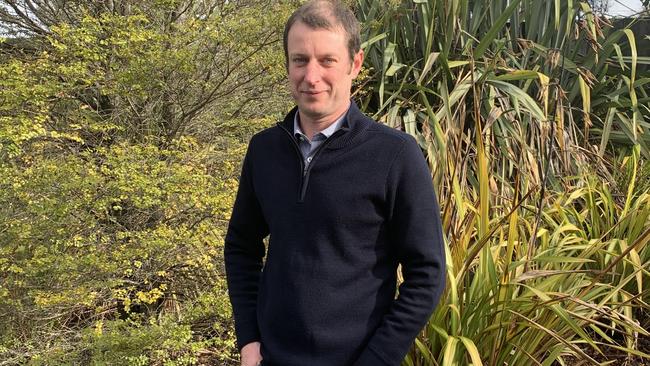
Daniel says he could never ask anyone to give him their kidney. His older sister Rebecca would give anything for her little brother but couldn’t go on the exchange as she was having a family, which put her at risk medically. So Rebecca’s husband John Moore, 46 at the time, stepped up. John says it was Rebecca who first broached the subject with him. To identify any possible ethical conflicts or coercion, donors have an advocacy team that operates at arm’s length from the exchange program. John dealt with his GP, a nurse, a physician, a social worker, a psychiatrist and had myriad medical tests before being given the green light.
“The renal team reminded me that I was doing something that had no medical benefits for me, and that from an ethical perspective I needed to know this and acknowledge it,” John says from his home in Rotorua. “They also said the reason for all the tests was to ensure I could have a normal life on one kidney. If I couldn’t then they wouldn’t let me be a donor.”
In the end John says the decision to give up his kidney so that Daniel could get his transplant wasn’t something he agonised over once he was given the all-clear. “In Daniel I was seeing someone who was exhausted, who didn’t have the energy to be the father that he wanted to be,” says John. “I thought if I could do this and it doesn’t have long-term health implications for me, I’m happy to put my hand up.”
The morning of the first trans-Tasman transplant late last year was a tense time for everyone. So much could go wrong. There were five pairs in the transplant chain: three in Melbourne, one in Sydney, and Daniel and John in Auckland. Neither Daniel nor John will ever know who any of the other pairs are. Donors go under the knife at the same time on the same day for one simple reason: so there’s no backing out. John arrived in the operating department at 7.10am local time. At 7.48am, surgeon Carl Muthu sent out a text: John was under general anaesthetic. They were ready to go.
In Melbourne, ANZKX co-ordinator Emma Vanhardeveld arrived in her office at The Royal Melbourne Hospital. It was 5am and she was feeling nauseous from nerves that wouldn’t go away until all five pairs had been operated on, five kidneys extracted, packaged up and whizzed across the country or across the Tasman and hooked up to a new body’s internal plumbing.
By 6am, donors in Melbourne and Sydney had begun their operations. For the surgeons, operating on the donor brings added pressure as they’re taking a healthy person and making them less so (at least temporarily). For this reason some doctors have reservations about performing living kidney exchanges, feeling it violates the Hippocratic oath.
By the time John was stitched up at 10.30am, his kidney had already left the building – flushed and packaged in preservation fluid, sealed inside two bags and placed inside what Dittmer calls the “chilly bin” and on its way to the airport for a flight to Melbourne.
At 12.26pm, Daniel’s donor kidney had left the hospital in Melbourne. New Zealand Kidney Exchange co-ordinator Jo Burton made a cup of tea and opened the flight tracker app on her phone. She watched the two planes pass each other in opposite directions over the Tasman. It was a poignant moment, years in the making.
The flight carrying Daniel’s new kidney landed in Auckland at 4.19pm. Rebecca kissed her husband goodbye and he was wheeled into theatre and anaesthetised, just as the courier cleared Customs and jumped in a pre-ordered taxi for the last leg. At 7.02pm Daniel’s surgery had finished, and his new life had started.
Meanwhile, John says he’s now fitter than he’s ever been, and knowing he’s helped not just Daniel but a whole chain of people makes it all the sweeter. “It’s funny to think there’s now someone living in Australia with a bit of Kiwi in them. But look, you just hope it’s given them a second chance. You don’t know these people and you never will, but you’ve done something to help them. You’ve made this whole chain possible.”
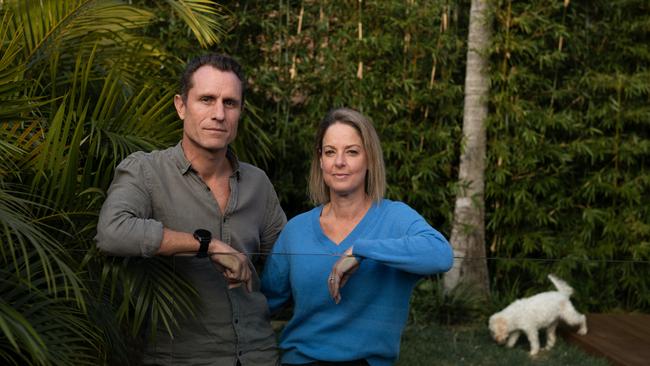
Apart from their kidneys, Narelle and Paul Walton, both 47, are a perfect match. The life they share in Curl Curl on Sydney’s northern beaches is the stuff of dreams. The beach, the sun, swimming, dinner with friends, nights snuggled together on the couch on the rare occasion that Paul isn’t training for a triathlon. Life is constant activity, and home is their two children, Callum and Jade, and a cavoodle called Cookie.
Callum’s birth 19 years ago should have been the happiest day of their life, but it didn’t quite go to plan. Narelle went into labour nine weeks early and Callum was whisked off to intensive care. Doctors diagnosed Narelle with the autoimmune disease lupus, and found it was attacking her kidneys. Over the next 15 years her condition would plateau, dive, then stabilise again but things took a bad turn five years ago and she went into renal failure. Without a transplant she was heading for dialysis. Paul, who could give his heart to Narelle without trying, couldn’t give his kidney. Because they had children together Narelle’s body had been exposed to a foreign protein from Paul, meaning her immune system would likely reject his kidney. “For Narelle to get the best match was my biggest priority,” says Paul, who admits he was concerned that giving up a kidney might affect his ability to compete in triathlons. “But the chance of me having issues was much lower than the benefit she gets out of it. And if I had to relax a bit more for Narelle to have a healthy life, it’s a pretty easy decision.”
Last August, they thought the day had come. A compatible chain had been found and the operations booked. Narelle had a farewell party at the school where she works as a teacher and had just finished cutting the cake when she got a call from her doctor. It was the worst news possible. Someone in the chain had got sick. The operations were off. “It was beyond devastating,” says Narelle. “It felt like we were back to square one.”
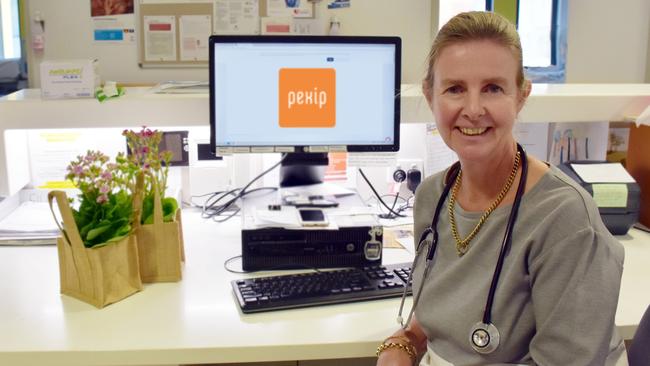
Their disappointment was short-lived; a new match came in November. The second time it worked a charm. Paul had his kidney removed in Sydney early in the morning and it was on a plane by midday. Later that day Narelle received her new kidney from a person she’ll never meet, but to whom she’s forever grateful.
Narelle’s doctor was Stella McGinn, who’s also deputy director of ANZKX. She says pairs often feel like they’re giving to each other directly, even when they’re not. “You go in on the same day, get operated on, go home at the same time, have the same scars, go through a similar recovery. So it feels like they’ve donated to each other.”
But Narelle is acutely aware that someone has given a piece of themselves so that she might live her life. “Someone’s given you this amazing gift. I just want to give them a big hug and tell them how important this is, how their gift has changed my life. I can say thank you, even if I don’t know who it is. So whoever you are, thank you.”
Paul says the small sacrifice he’s made has been more than worth it. “That fork in the road where Narelle was going to become very sick, versus what she has now… She’s back in the world and starting afresh.”
Nine months on and with the prospect of dialysis banished hopefully forever, Narelle still gets teary. “What Paul has sacrificed, without any hesitation…” She pauses, pulls herself together, and a teasing smile spreads across her face. “It was actually good I didn’t get Paul’s kidney, otherwise I’d be hearing about it for the rest of my life!” They turn to each other, laugh, snort back tears.
“Nah,” says Paul, cooling raising his coffee cup to his lips. “I’d tell her to give it back.”
DonateLife week starts on July 26; donatelife.gov.au

To join the conversation, please log in. Don't have an account? Register
Join the conversation, you are commenting as Logout